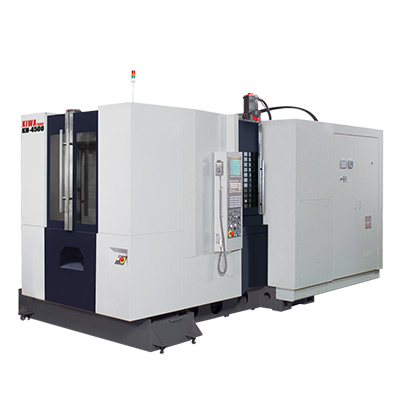Power Steering Hose Clamp for Reliable Fluid Connections and Enhanced Performance
Understanding Power Steering Hose Clamps Essential Components for Vehicle Performance
In the intricate world of automotive engineering, every component plays a vital role in the overall performance and reliability of a vehicle. Among these, the power steering hose clamp is often overlooked but is critical for maintaining the integrity of the steering system. This article will delve into the importance, types, and installation procedures of power steering hose clamps, providing a comprehensive guide for vehicle enthusiasts and technicians alike.
What is a Power Steering Hose Clamp?
A power steering hose clamp is a device used to secure the power steering hoses to their fittings, ensuring that fluids such as power steering fluid are retained within the system. This is crucial, as any leakage can lead to reduced steering performance, making the vehicle difficult to control. The clamp prevents the hose from disconnecting or slipping off under the pressure generated by the steering system, which operates under high hydraulic pressures.
Importance of Power Steering Hose Clamps
The power steering system is essential for facilitating easy steering, particularly in larger vehicles or during low-speed maneuvers. When the steering wheel is turned, the power steering pump generates hydraulic pressure, which assists in turning the wheels. If the hoses are not securely clamped, they can vibrate, rub against other components, or even rupture, leading to fluid leaks and a complete failure of the steering system.
Moreover, a loose clamp can cause the hose to wear out quicker due to unnecessary movement and friction, leading to premature failures and costly repairs. Thus, using a reliable and correctly fitted power steering hose clamp is fundamental for the longevity and effectiveness of the steering system.
Types of Power Steering Hose Clamps
There are several types of hose clamps commonly used in automobile applications, each having its own advantages
1. Screw-Type Clamps These are the most common and consist of a band that is tightened with a screw. They provide excellent grip and can be easily adjusted. However, over-tightening can damage the hose.
2. Spring Clamps These clamps use a spring mechanism to maintain constant pressure on the hose. They are typically used in applications where vibration is a concern, as they can accommodate changes in the hose diameter due to temperature fluctuations without losing grip.
3. Wire Clamps Simplistic in design, wire clamps are often used in low-pressure applications. They require precise sizing and may not be suitable for all power steering systems due to their limited holding power.
power steering hose clamp

4. T-Bolt Clamps Designed for high-performance applications, T-bolt clamps offer superior clamping force and are generally utilized in racing or modified vehicles.
Installation and Maintenance
Proper installation of power steering hose clamps is crucial. Here’s a step-by-step guide
1. Select the Right Clamp Ensure that you choose the correct size and type of clamp based on the hose diameter and the pressure it will encounter.
2. Clean the Surface Before installation, clean the area where the clamp will be positioned to remove dirt or oil, which can reduce the effectiveness of the clamp.
3. Position the Hose Slide the hose onto the fitting and ensure it is pushed all the way down to prevent any leaks.
4. Attach the Clamp Position the clamp around the hose and fitting. If using a screw-type, insert the screw into the designated hole.
5. Tighten Securely Use a torque wrench to tighten the screw to the manufacturer’s specifications, being careful not to over-tighten.
6. Regular Inspections Frequently check the clamps for signs of wear or looseness. This preventive maintenance can save you from unexpected breakdowns.
Conclusion
Power steering hose clamps may seem like simple components, but their role in maintaining a safe and functional vehicle cannot be underestimated. By understanding their importance, types, and proper installation, vehicle owners can enhance their steering systems' performance and longevity. Whether you are a DIY enthusiast or a professional mechanic, recognizing the significance of these clamps will contribute to smoother rides and improved vehicle safety.
-
Ultimate Spiral Protection for Hoses & CablesNewsJun.26,2025
-
The Ultimate Quick-Connect Solutions for Every NeedNewsJun.26,2025
-
SAE J1401 Brake Hose: Reliable Choice for Safe BrakingNewsJun.26,2025
-
Reliable J2064 A/C Hoses for Real-World Cooling NeedsNewsJun.26,2025
-
Heavy-Duty Sewer Jetting Hoses Built to LastNewsJun.26,2025
-
Fix Power Steering Tube Leaks Fast – Durable & Affordable SolutionNewsJun.26,2025

